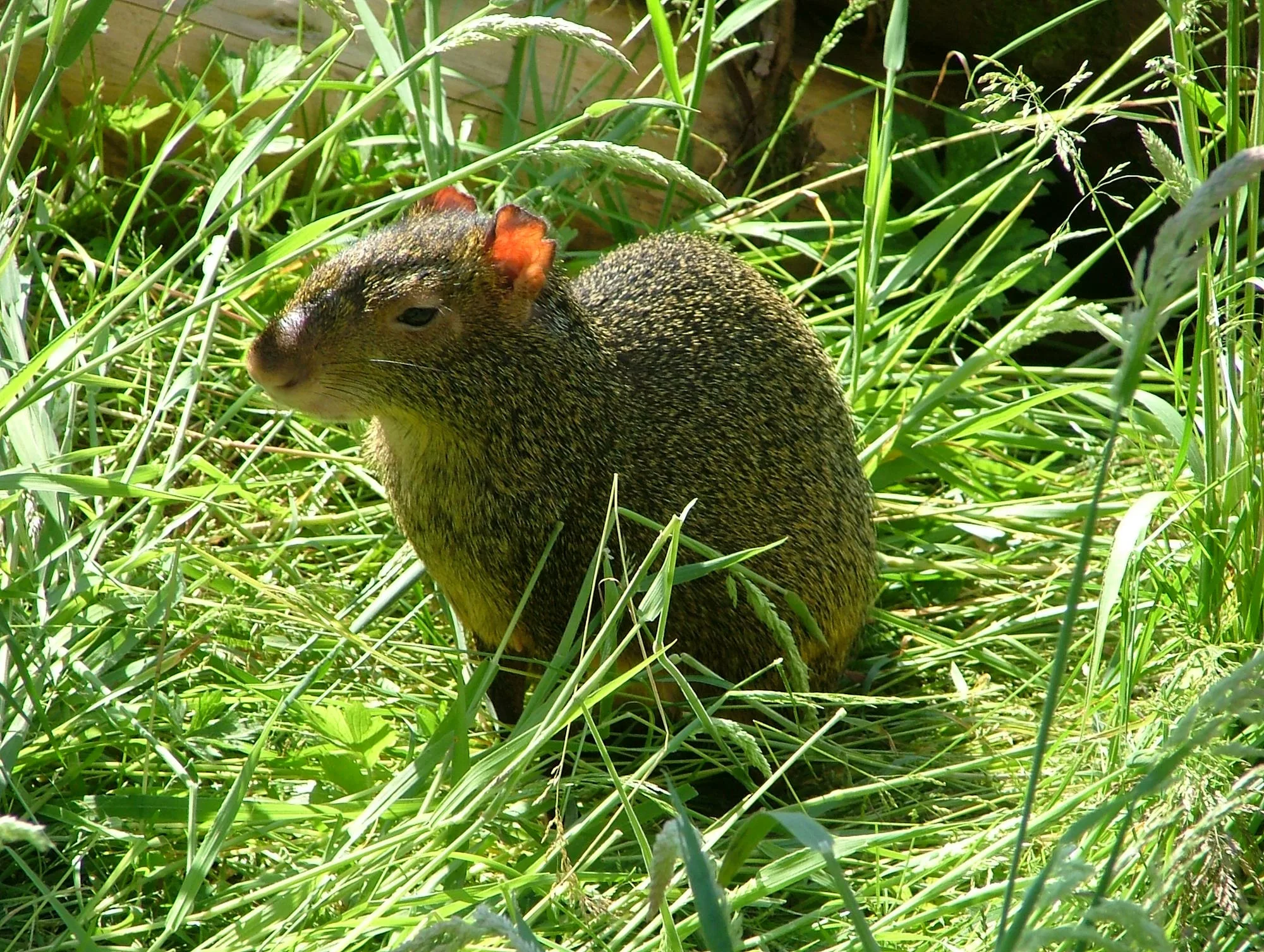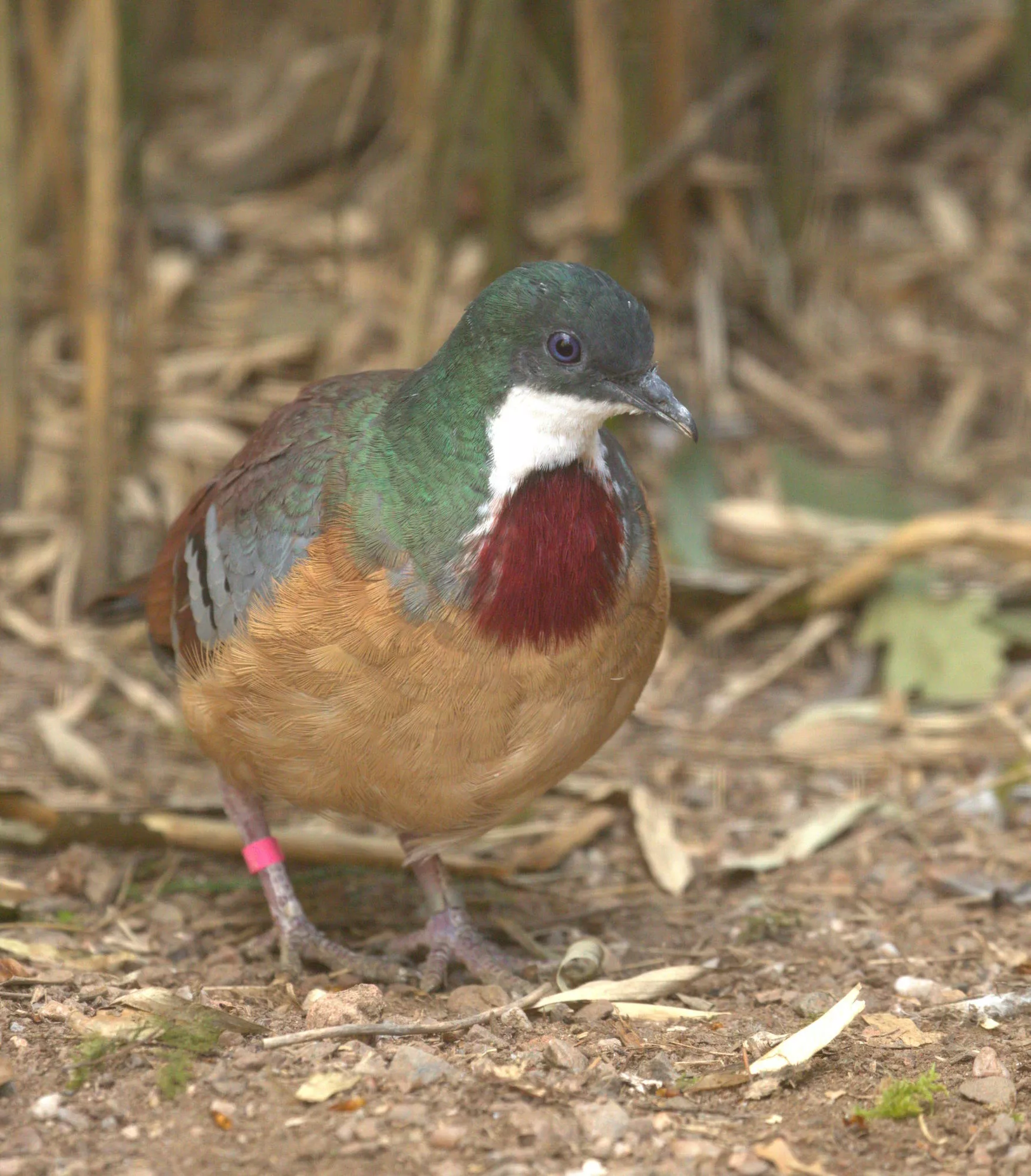
Bat-eared fox
Scientific name: Otocyon megalotis
IUCN listed as: Least Concern
Learn before you visit!
Here are some facts about the species – Discover what they eat, find out about their natural habitat, see what they like to do, and more… Set the reading style to suit you too, everyday speak or something aimed towards children.
Child-friendly
Everyday
Diet
Bat-eared foxes mainly dine on insects, with termites being their favourite snack. Their big ears help them locate insects underground, and they use sharp claws for digging. Sometimes they munch on small animals, but bugs are their main dish.
Bat-eared foxes feast on insects, especially termites, using their big ears to find them underground. They also eat small animals but bugs are their favourite.
Breeding
During the dry season, female bat-eared foxes have litters of two to six pups after a 60 to 70 day pregnancy. Both parents take care of the pups, keeping them safe in underground dens until they’re old enough to explore.
Mama foxes have pups in the dry season, taking care of them in cosy burrows until they’re old enough to explore.
Habitat
You’ll find bat-eared foxes in African savannas and grasslands, especially where termites are plentiful. They’re well-suited to living in dry areas, making burrows for shelter from the heat.
You’ll find bat-eared foxes in African grasslands where termites are plentiful, making burrows to escape the sun.
At the zoo
The zoo currently exhibits two elderly brothers who were bred at Twycross Zoo in April 2005. Due to the limited genetic breeding stock in zoos, an unrelated female has never been available for these brothers in the UK
The zoo has two old brothers who were born at Twycross Zoo in April 2005. Because there aren’t many of their kind in zoos, we haven’t been able to find an unrelated female for them in the UK.
Behaviour
These foxes are night owls, snoozing during the day and coming out at night. They’re social animals, living in families and chatting with each other through yaps and whines. Their big ears aren’t just for looks – they help them listen for predators and talk with their friends.
Night-time adventurers, they chat with cute yaps and whines, using their big ears to listen for friends and foes alike.
Fun facts
- Bug Buffs: Bat-eared foxes munch on insects nightly, showing off their expert bug-hunting skills.
- Mega Ears: Their huge ears help them hear tiny sounds underground, like little satellite dishes.
- Family Fun: Living in cosy burrows, they share cuddles and stories with their families.
- Nighttime Explorers: These nocturnal adventurers roam under the stars, seeking excitement.
- Cute Chatter: With their own language, they chat with each other in the moonlight.
- Bug Fans: Bat-eared foxes munch on bugs nightly, showing off their super bug-catching skills.
- Big Ears, Big Hearing: Their huge ears act like magic listening devices, picking up tiny sounds underground.
- Family Fun: Living in cosy burrows, they share cuddles and stories with their families.
- Nighttime Explorers: These night-loving explorers roam under stars, seeking adventure.
- Cute Chatter: With their own language, they chat in the moonlight.
More animals to discover at our zoo
Quick Links
Tickets & Prices
You can buy tickets for Exmoor Zoo securely online, as well as finding out more price options, discover offers, and more…
What’s on…
Exmoor Zoo hosts incredible Events all through the year. You can find out about what we’ve got in store here…
Routes & info
Like any great discovery, Exmoor Zoo can feel a little off the beaten path – but don’t worry – you can plan your journey with our recommended routes and other useful travel info.



























